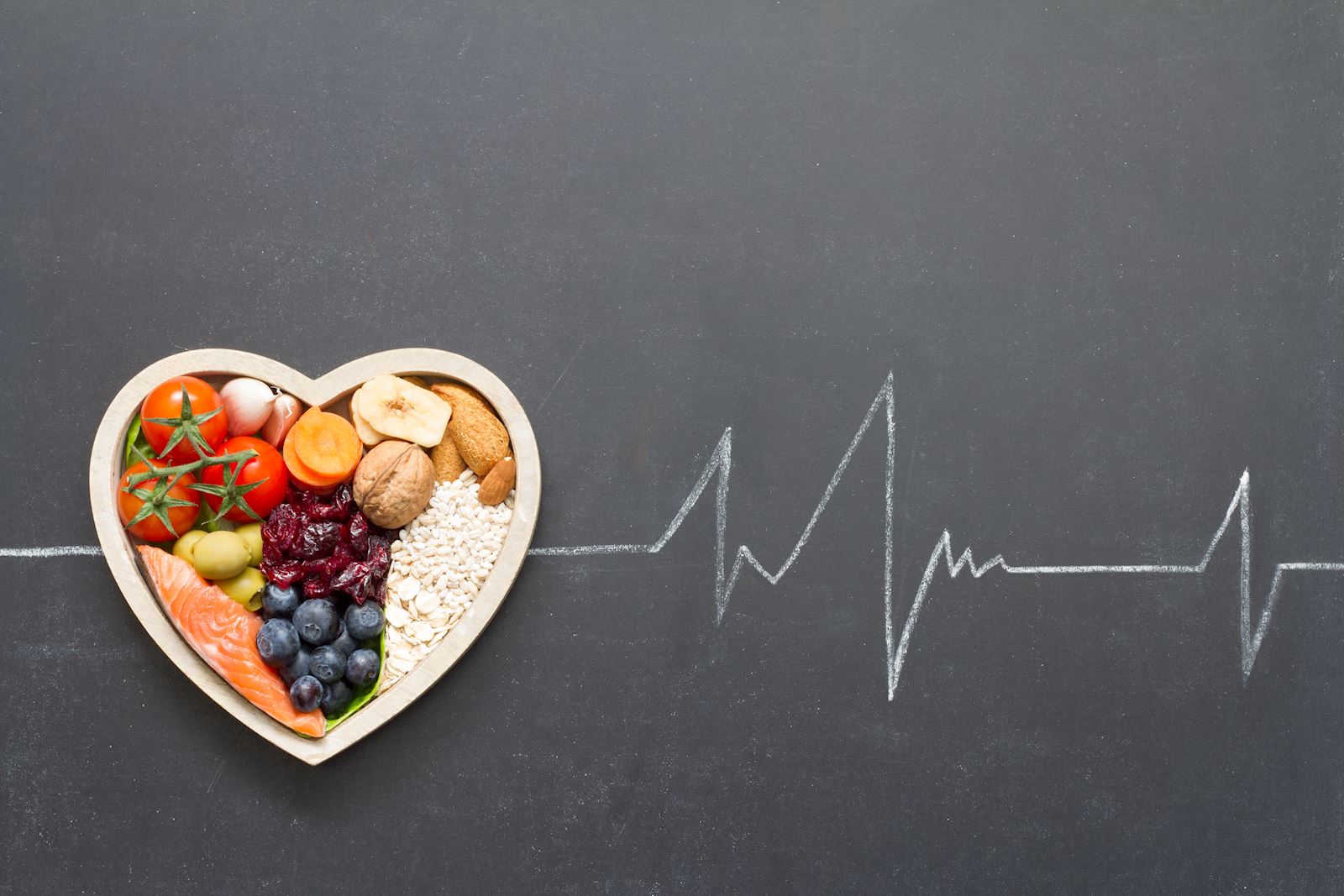Historically, heart disease has been perceived as a men’s disease. However, the Centers for Disease Control reports it’s the leading cause of death for women in the U.S. and 44% of women in America are living with some type of heart disease. But the risks and symptoms of heart disease differ between men and women. It’s important to be aware of those differences and learn what lifestyle changes can help reduce the risk of heart disease for everyone.
Common risk factors
Before we get to the differences, know that there are several heart disease risk factors common to both men and women. Most are lifestyle related which means that there are reliable ways for improving heart health and preventing heart disease for everyone. More on that in a minute.
Heart disease risk factors that are the same for men and women:
- Smoking
- Diabetes
- High blood pressure
- Being overweight or obese
- Physical inactivity
- Family history of heart disease
Heart disease risks for women
Historically, most heart disease research was conducted only on men. New research on women is yielding results about how and why heart disease affects the female body differently. It starts with biology. Women’s hearts are generally smaller than men’s and their blood vessels are thinner. They can also develop heart disease in the smaller arteries of the heart which can make it harder to detect the disease.
Scientists have also learned that a woman’s reproductive history can have serious implications for her long-term heart health. Studies show that many factors including when a woman has her first period, infertility issues, developing gestational diabetes and premature menopause are all associated with future risk of coronary artery disease.
Look out for these heart attack symptoms
Most people associate chest pain with having a heart attack. But there are others to be aware of. Here’s a list of common heart attack symptoms that both men and women can experience:
- Chest pain
- Discomfort in the arm (one or both)
- Lightheadedness
- Nausea
- Neck, jaw or back pain
- Rapid or irregular heartbeat
- Shortness of breath
Additional heart attack symptoms experienced in women:
Like men, the most common symptom of a heart attack in women is chest pain. Women may have other symptoms that are less associated with heart attack, and they can be more subtle including:
- Anxiety
- Pain in the shoulder
- Unusual tiredness and weakness
- Vomiting
Prevention tips for everyone
The good news is that everyone — men and women — can focus on the same preventive measures to keep their heart healthy. These recommendations aren’t just for older adults. It’s never too early to start good habits that will help support lifelong heart health.
- If you smoke, stop. If you don’t, never start smoking or using any tobacco products
- Know your own risk factors including your family’s history with heart disease
- Exercise regularly — 30 minutes a day is a good goal
- Get regular check-ups with your doctor and get screened for heart disease
- Focus on nutrition and a diet of fresh fruits and vegetables, lean proteins and lower-sodium choices
Mom's Meals® can help
We take the guesswork out of eating a heart-friendly diet. All our heart-friendly meals are developed using nutritional guidelines from the American Heart Association and are carefully created in USDA- and FDA- inspected facilities, providing the highest level of compliance with federal regulations governing food production.
Enjoy nutritious and delicious meals crafted by registered dietitians and professional chefs that are ready in minutes from the fridge. Conveniently delivered direct to your home, you can choose every meal in every delivery, too! Browse our meals.



